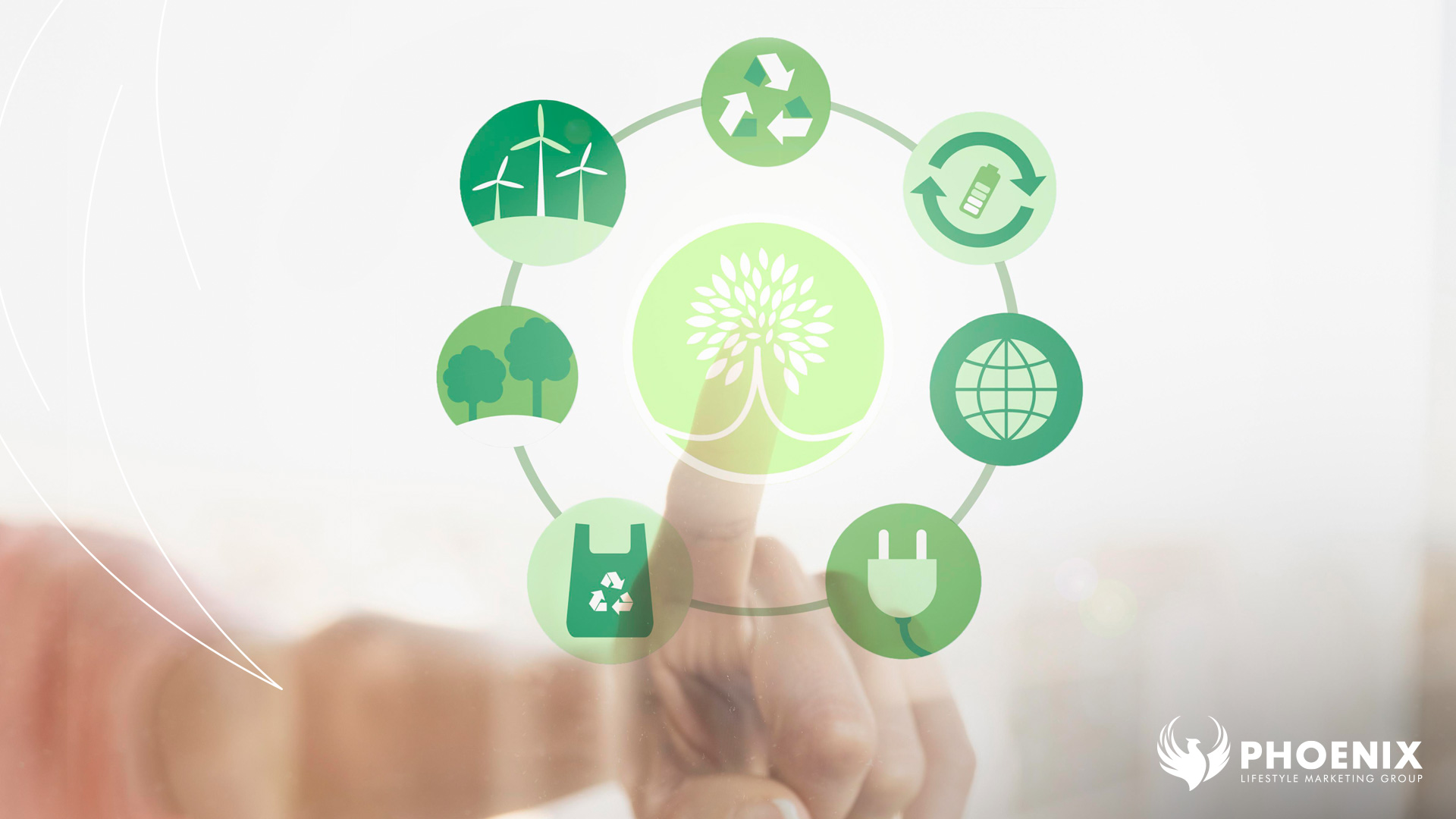Sustainability Marketing: How to Market for Sustainability
As World Ocean’s Day approaches, there will likely be a sudden increase in marketing from companies around the globe that highlights the changes they have made or intend on taking toward greater sustainability.
Internationally, companies and governments are investing in research and development for clean and renewable energy as the result of greater scientific awareness and social interest. As the importance of renewable energy and sustainability has become an increasingly dominant topic in public discourse, companies that may have previously had little to no interest in creating sustainable products are shifting to create brand lines that offer greater environmental responsibility. Whether or not these changes are made from genuine concern or to appease consumers, over the past decade this has led to a rise in sustainable marketing: the marketing of products, practices, or brand missions through the lens of social and environmental responsibility.
Renewable energy and sustainable marketing are not just limited to the promotion of wind and solar power but often include products made from recycled materials, companies that promise to make donations for sales, and environmentally responsible brand practices – all of which are important to consumers as they decide where to buy their products and from whom. In fact, over 70% of consumers find it moderately to very important to search for products or brands that are sustainable or environmentally responsible.

As you work on creating a brand that communicates your dedication to sustainability, there are three important marketing practices that you must keep in mind.
1. Create a clear mission
Every brand has a mission, and replacing or changing it isn’t necessarily the step you are required to take in order to prove to consumers that you are committed to sustainability, especially if you have made company-wide changes that you are committed to maintaining. However, changing your mission to include a statement of your commitment to being environmentally responsible can be a big step towards communicating to your consumers that this is something that you are dedicated to, rather than just a trend that you are jumping on to increase sales.
Other changes must be made as well. The way you communicate through advertisements, social media, and web copy should create a support system that reemphasizes your dedication to sustainability.
2. Be Honest
Though it may seem easy to use clever copy to promote your brand as being sustainable, all eyes are on you. If your brand isn’t actively taking steps to create a more environmentally friendly product or environment, consumers will take note. It is important to always be honest about your brand practices, and even suggesting that you are making changes to be more sustainable should come with actions that can support these claims.
3. Numbers Speak Louder Than Words
If you are truly dedicated to being a sustainable brand, that means you should have the numbers to prove it. Whether 25% of your products are made from recyclable materials or you’re dedicating 5% of your sales to research, those numbers need to be up front and center to provide concrete proof that you are committed to change. Providing numbers also shows you as being more trustworthy and reliable, which are feelings that every brand should want to evoke from their consumers.
Publicly setting goals and holding yourself to them (such as a commitment to investing $500,000 in sustainability research within X amount of time) is also a way to build trust in your brand as a sustainable supplier.
